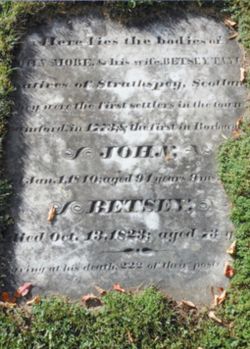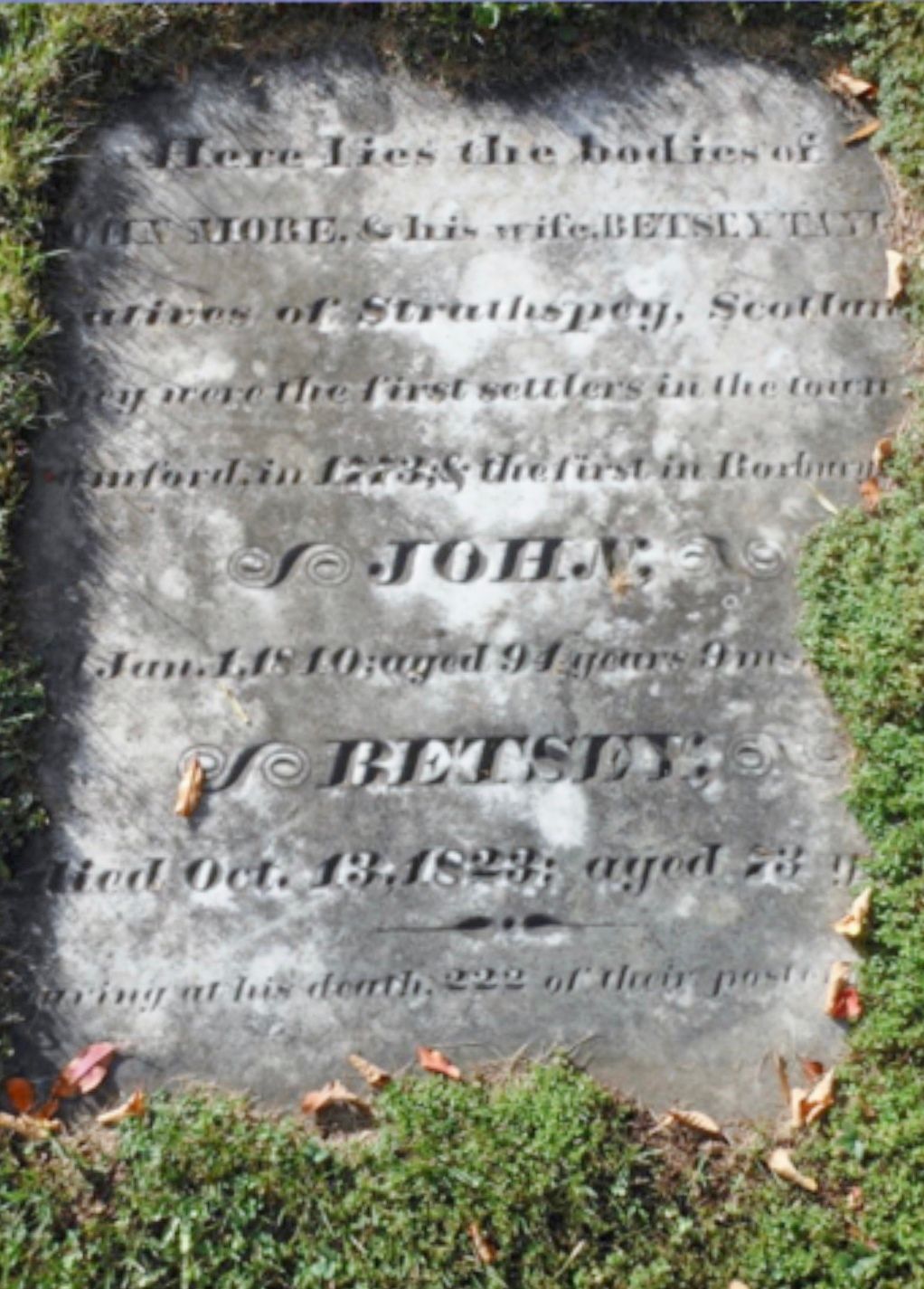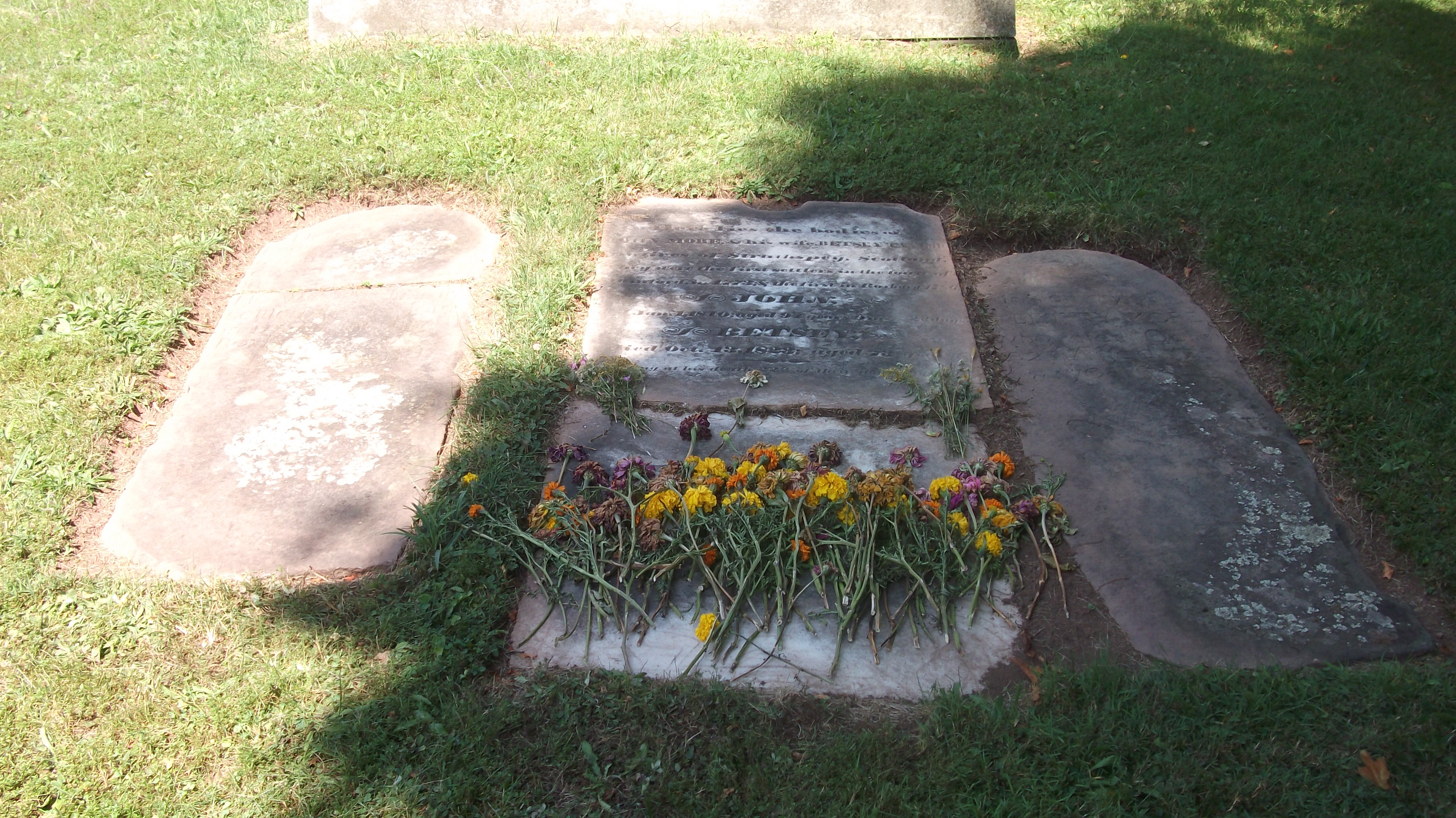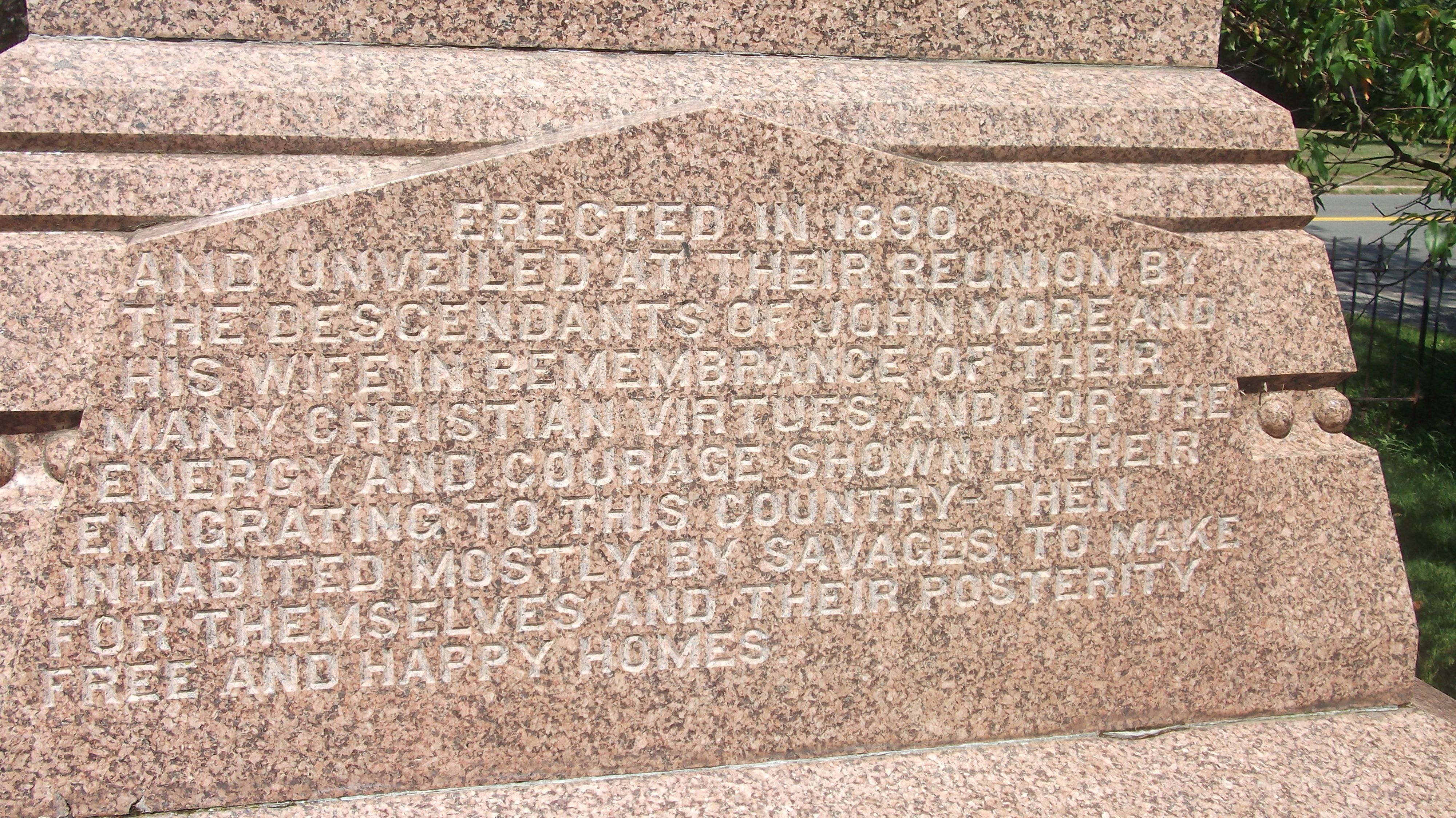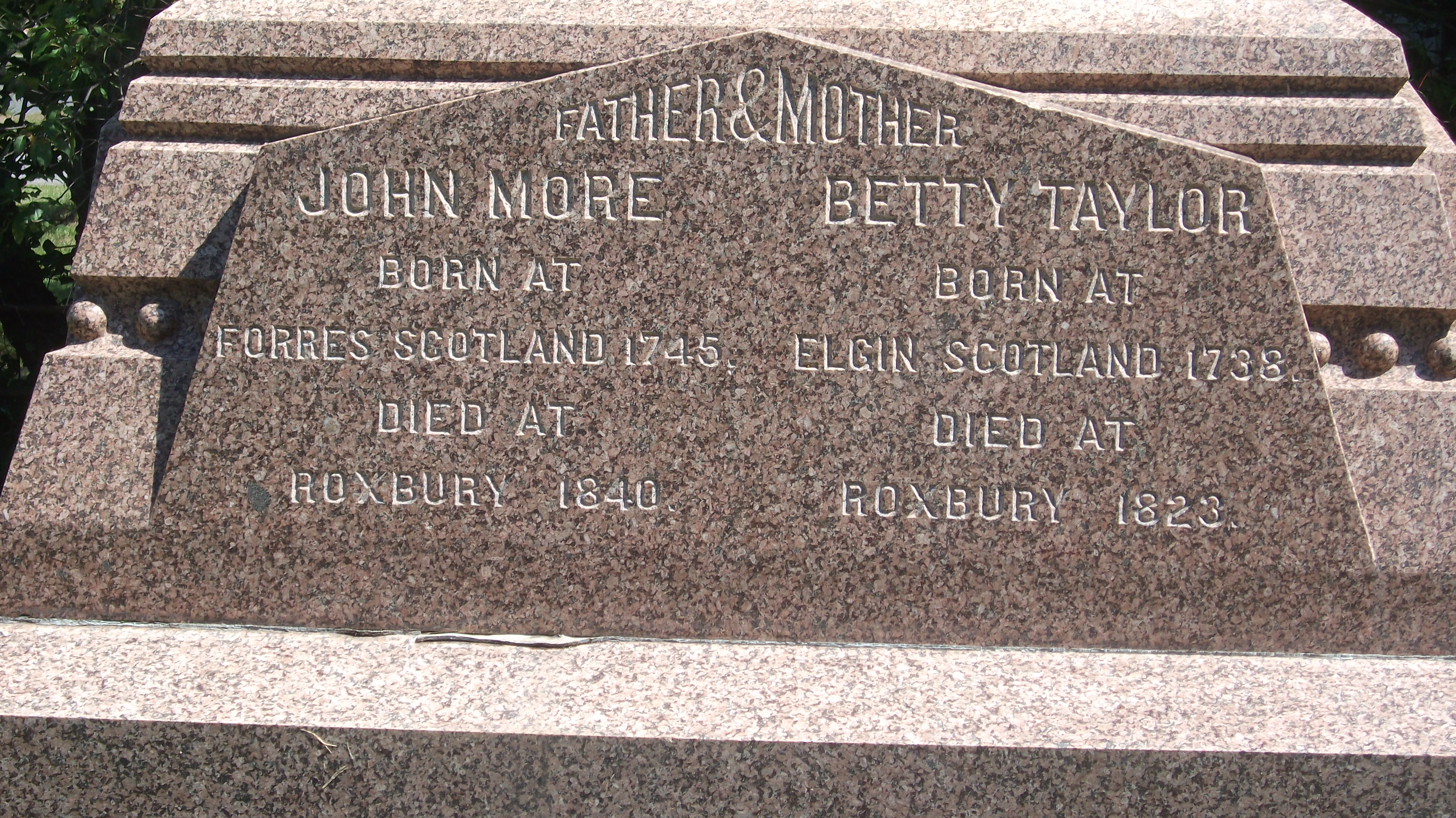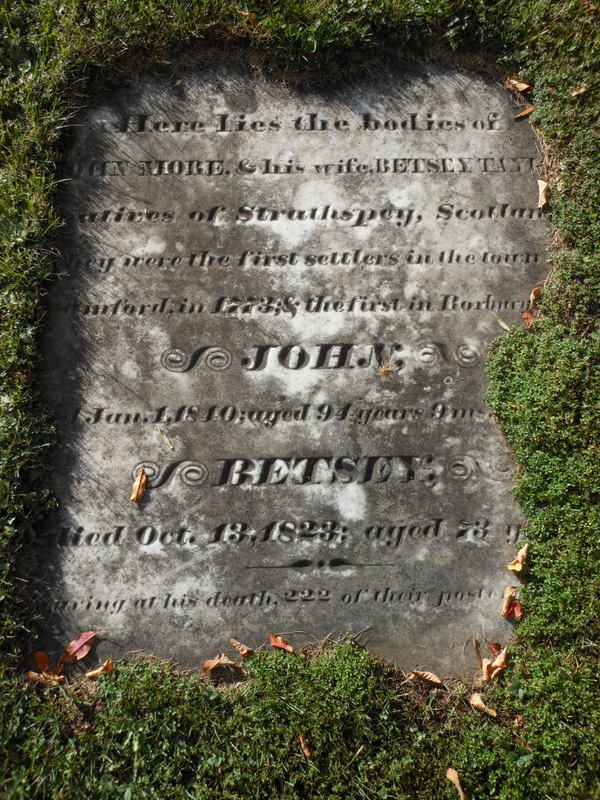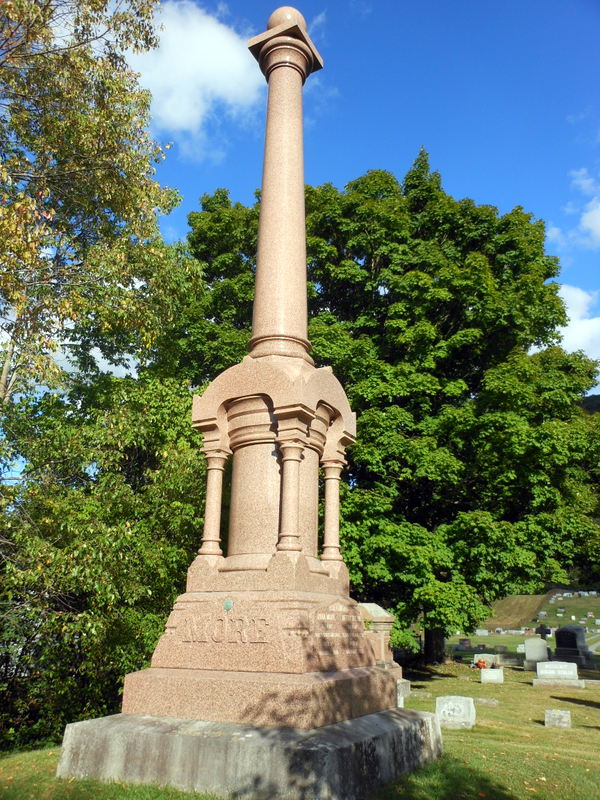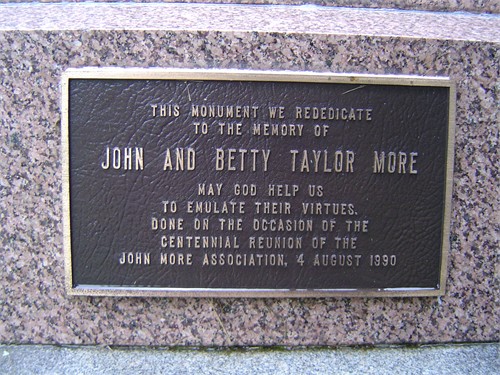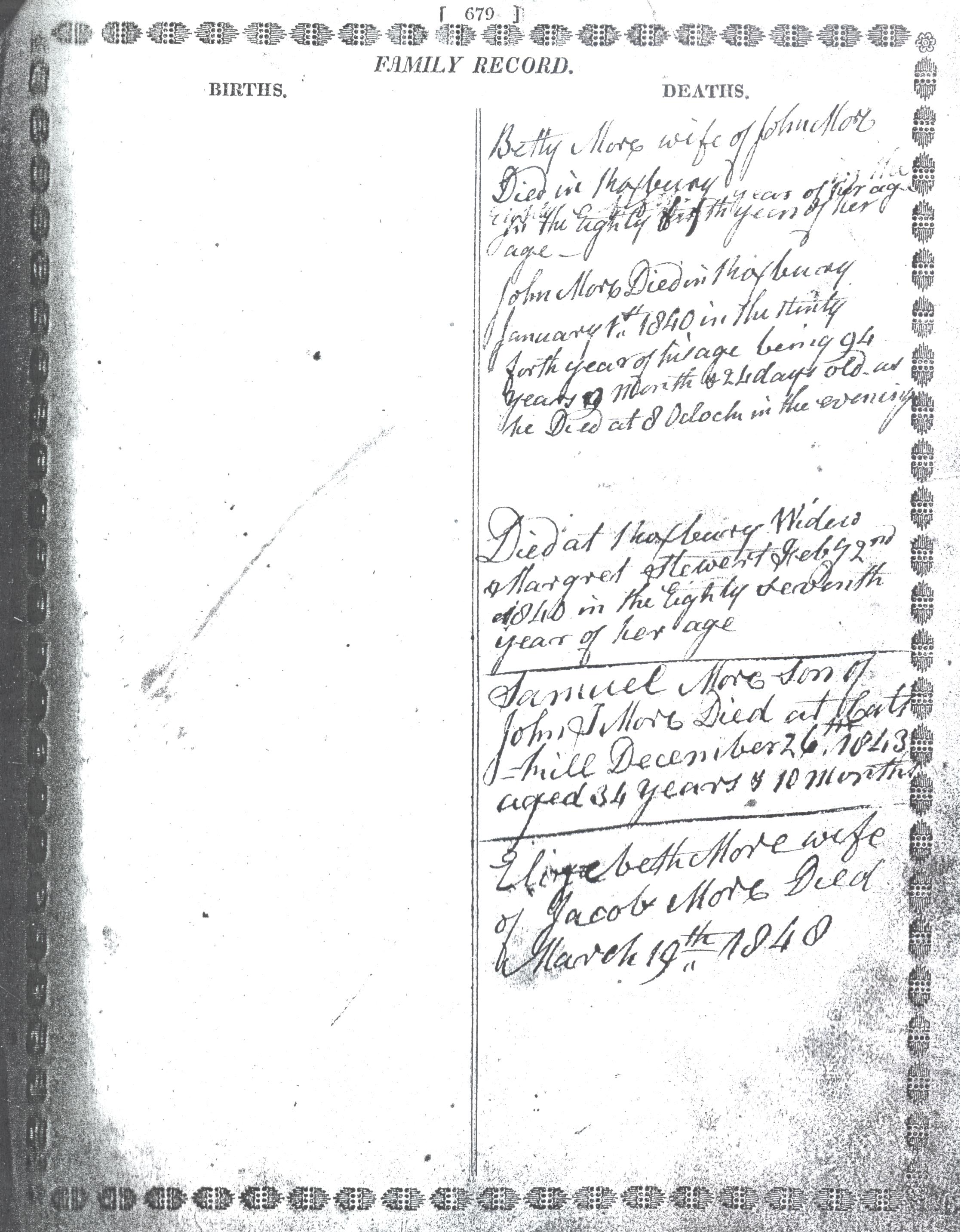John learned that the Hudson River Valley was already well settled, and that most of it was owned by Dutch and English patrons, or landowners, who held large estates that had been bought from the Indians, or given by grant of the Dutch or the English governments. John knew that he would not have the chance he wanted if he stayed in this valley.
He heard many good reports about the land, the trees, and the streams in the Catskill Mountains. He was told that there were few settlers, that the Indians were friendly, and that the trees were plentiful and large. After John told Betty all he had heard, they decided to find their new home somewhere in these Catskill Mountains, and made their plans to leave New York as early in the spring as the weather would permit.
John engaged passage for themselves and their belongings on a little sloop that sailed up and down the Hudson River. This ship seemed to have no set time for starting, but sailed whenever there were enough passengers and freight to fill it. As the little boat slowly worked her way out of the dock and into the stream, there was much waiving of handkerchiefs and calling of good-byes between the passengers on the sloop and their friends on shore.
Slowly they sailed northward, up the beautiful river valley, sometimes between stern cliffs and rugged mountains, and sometimes between heavily wooded slopes or past homes of the Dutch and English patrons. There they saw, through the trees or in some clearing overlooking the river, the large comfortable houses of Dutch brick, or they caught a glimpse of a white Dutch steeple pointing its slender Ferry, and Peekskill, and the big stone fort as West Point.
At night the sloop was anchored near the shore, sometimes in the shadow of some dark and mysterious mountain, sometimes near one of the small settlements. By day the little boat slowly made its way northward. After several days of this slow travel, they reached the settlement at Catskill. This was the very place where, nearly two hundred years before, Hendrick Hudson had anchored his ship, the Half Moon, when he sailed up this river as far as Albany. Here, at Catskill, the friendly Indians had brought ears of maize and pumpkins and tobacco, and had exchanged them for trinkets from the sailors on the Half Moon.
John and Betty stopped in the Catskill long enough to buy two or three horses and some cattle and the provisions they would need. They bought large baskets, or hampers, that had been made by the Indian women; and they hung two of these on each of two horses, but the third horse was saddled for Betty to ride. In the hampers they packed their belongings -- clothes, bedding, dishes, cooking utensils, tools of all sorts, food, grain and seeds for the first crop, everything that they would need for a long time. Everything had to be carried without the help of a wagon or cart, for there were no roads of any sort. Perhaps John had to put packs on the cattle as well as on the horses.
You can see that they could take only the things they positively had to have. Children often rode in the hampers I have spoken of, and probably John Taylor (the oldest son of three years) rode through the wilderness in this fashion, at the side of Betty's horse, while Robert (the second oldest son) was held close in his mother's arms. When they had packed their belongings and loaded the horses, they were ready to start on the most difficult part of their adventure.
John led the way on foot, sometimes following and Indian trail, sometimes going through a forest so thick that he had to cut away branches of trees before Betty and the children could ride under them. There were no bridges; so when they crossed a stream the horses had to ford it. Day after day they pushed on, ever westward from the river, through a wilderness of pines and hemlocks, maple and beech. Sometimes the woods were so dense that it was almost twilight in them at noonday.
When night came, they made their beds under the stars and the trees, sometimes with a rude shelter of limbs, and sometimes no shelter at all -- merely their blankets over some broken boughs on the ground. Betty's heart must have been fearful as she carefully wrapped the babies in their blankets, while she listened to the dismal sighing of the wind through the trees, or the hooting of an owl in a nearby tree, or the howling of a wolf down the valley.
John must have been constantly watchful, both by day and by night, for wild animals or for hostile Indians who would destroy his loved ones. It was not so hard to be on guard during the day, but at night it was necessary to waken often to see if all were safe. It was hard and dangerous journey, and John and Betty had need of their brave hearts.
All along the way John was watching for a place where he wanted to settle and build that home of which he and Betty had been dreaming. At last, a mile from the West Branch of the Delaware River, and about three miles from where the town of Hobart now stands, he found a spot that suited him. There were no other settlers near, and John asked Betty if she would be too lonely so far from other families. But sweet, brave Betty assured him that she would be quite content wherever she could have her husband and her babies.
I'm sure that both John and Betty loved the mountains; and perhaps this place he chose for their home looked like some dearly loved stop in bonny Scotland. There was a spring of cold water, a clear, sparkling stream; there was level ground for a clearing large enough for house and fields; and best of all, the trees were so deeply green that John knew the soil was rich and would bear plentiful crops.
Their weary journey had brought them fifty-five miles from the nearest settlement, Catskill, and here they started their new home in the new land. They were in the town of Harpersfield, a large section of land where the Harpers were the first settlers, but the Harper's clearing was many miles from this spot that John chose for his home.
John hastily built a simple shelter of poles and branches that would protect them from the weather until he could cut trees, trim off their branches, and build a log cabin. While cooking over a wood fire in front of the open side of this shelter, helping John all she could, and caring for the liitle boys, Betty had little time to look at the beautiful scenery about them, or to explore the valleys and hills nearby.
When the log cabin with its great stone chimney and its roof of thick bark was finished, Betty, with a happy song in her heart, began making this rough little house into a real home for her dear ones.
John learned that the Hudson River Valley was already well settled, and that most of it was owned by Dutch and English patrons, or landowners, who held large estates that had been bought from the Indians, or given by grant of the Dutch or the English governments. John knew that he would not have the chance he wanted if he stayed in this valley.
He heard many good reports about the land, the trees, and the streams in the Catskill Mountains. He was told that there were few settlers, that the Indians were friendly, and that the trees were plentiful and large. After John told Betty all he had heard, they decided to find their new home somewhere in these Catskill Mountains, and made their plans to leave New York as early in the spring as the weather would permit.
John engaged passage for themselves and their belongings on a little sloop that sailed up and down the Hudson River. This ship seemed to have no set time for starting, but sailed whenever there were enough passengers and freight to fill it. As the little boat slowly worked her way out of the dock and into the stream, there was much waiving of handkerchiefs and calling of good-byes between the passengers on the sloop and their friends on shore.
Slowly they sailed northward, up the beautiful river valley, sometimes between stern cliffs and rugged mountains, and sometimes between heavily wooded slopes or past homes of the Dutch and English patrons. There they saw, through the trees or in some clearing overlooking the river, the large comfortable houses of Dutch brick, or they caught a glimpse of a white Dutch steeple pointing its slender Ferry, and Peekskill, and the big stone fort as West Point.
At night the sloop was anchored near the shore, sometimes in the shadow of some dark and mysterious mountain, sometimes near one of the small settlements. By day the little boat slowly made its way northward. After several days of this slow travel, they reached the settlement at Catskill. This was the very place where, nearly two hundred years before, Hendrick Hudson had anchored his ship, the Half Moon, when he sailed up this river as far as Albany. Here, at Catskill, the friendly Indians had brought ears of maize and pumpkins and tobacco, and had exchanged them for trinkets from the sailors on the Half Moon.
John and Betty stopped in the Catskill long enough to buy two or three horses and some cattle and the provisions they would need. They bought large baskets, or hampers, that had been made by the Indian women; and they hung two of these on each of two horses, but the third horse was saddled for Betty to ride. In the hampers they packed their belongings -- clothes, bedding, dishes, cooking utensils, tools of all sorts, food, grain and seeds for the first crop, everything that they would need for a long time. Everything had to be carried without the help of a wagon or cart, for there were no roads of any sort. Perhaps John had to put packs on the cattle as well as on the horses.
You can see that they could take only the things they positively had to have. Children often rode in the hampers I have spoken of, and probably John Taylor (the oldest son of three years) rode through the wilderness in this fashion, at the side of Betty's horse, while Robert (the second oldest son) was held close in his mother's arms. When they had packed their belongings and loaded the horses, they were ready to start on the most difficult part of their adventure.
John led the way on foot, sometimes following and Indian trail, sometimes going through a forest so thick that he had to cut away branches of trees before Betty and the children could ride under them. There were no bridges; so when they crossed a stream the horses had to ford it. Day after day they pushed on, ever westward from the river, through a wilderness of pines and hemlocks, maple and beech. Sometimes the woods were so dense that it was almost twilight in them at noonday.
When night came, they made their beds under the stars and the trees, sometimes with a rude shelter of limbs, and sometimes no shelter at all -- merely their blankets over some broken boughs on the ground. Betty's heart must have been fearful as she carefully wrapped the babies in their blankets, while she listened to the dismal sighing of the wind through the trees, or the hooting of an owl in a nearby tree, or the howling of a wolf down the valley.
John must have been constantly watchful, both by day and by night, for wild animals or for hostile Indians who would destroy his loved ones. It was not so hard to be on guard during the day, but at night it was necessary to waken often to see if all were safe. It was hard and dangerous journey, and John and Betty had need of their brave hearts.
All along the way John was watching for a place where he wanted to settle and build that home of which he and Betty had been dreaming. At last, a mile from the West Branch of the Delaware River, and about three miles from where the town of Hobart now stands, he found a spot that suited him. There were no other settlers near, and John asked Betty if she would be too lonely so far from other families. But sweet, brave Betty assured him that she would be quite content wherever she could have her husband and her babies.
I'm sure that both John and Betty loved the mountains; and perhaps this place he chose for their home looked like some dearly loved stop in bonny Scotland. There was a spring of cold water, a clear, sparkling stream; there was level ground for a clearing large enough for house and fields; and best of all, the trees were so deeply green that John knew the soil was rich and would bear plentiful crops.
Their weary journey had brought them fifty-five miles from the nearest settlement, Catskill, and here they started their new home in the new land. They were in the town of Harpersfield, a large section of land where the Harpers were the first settlers, but the Harper's clearing was many miles from this spot that John chose for his home.
John hastily built a simple shelter of poles and branches that would protect them from the weather until he could cut trees, trim off their branches, and build a log cabin. While cooking over a wood fire in front of the open side of this shelter, helping John all she could, and caring for the liitle boys, Betty had little time to look at the beautiful scenery about them, or to explore the valleys and hills nearby.
When the log cabin with its great stone chimney and its roof of thick bark was finished, Betty, with a happy song in her heart, began making this rough little house into a real home for her dear ones.
